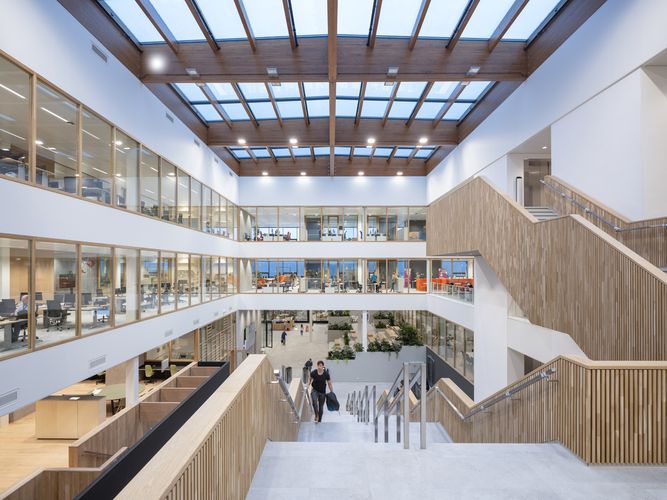Stakeholders and materiality
Stakeholder dialogue
Stakeholder dialogues are a way for us to develop insights into how important the various sustainability topics are to different stakeholder groups when they interact with our Group companies.
In addition to in-depth interviews, we carry out regular dialogues with stakeholders. These dialogues will also hopefully generate increased awareness of the Group’s impacts, risks and opportunities and how our lighting solutions are contributing toward sustainable value creation.
Our operations impact and are impacted by numerous stakeholders. Being attentive to the views, expectations and needs of stakeholders guides our sustainability efforts.

Stakeholder groups
Examples of external stakeholder groups
- Customers
- Shareholders, investors, analysts
- Suppliers, business partners
- Decision makers, authorities
- Local communities
- Interest groups
- Schools and universities
- External experts
Examples of internal stakeholder groups
- Employees
- Sustainability specialists
- Management teams
- Group Management
- Board of Directors
- Internal experts

Materiality analysis
The Fagerhult Group conducts regular materiality assessments to identify and prioritise work on the most important sustainability topics. This analysis forms the basis of our sustainability agenda, “Positive change for better living”, and our material sustainability topics are grouped according to our four focus areas.
In addition to analysing the material sustainability topics, we also use a financial perspective. This double materiality assessment helps us understand how risks and opportunities related to sustainability topics impact us financially.
We continuously revise our materiality assessment to ensure the best possible mapping, prioritising and managing of our material sustainability topics.
To understand the impact we have, or could have, on people and the environment as well as which effects and dependencies could lead to risks and opportunities, we surveyed our value chain, activities and business relationships. The results of our stakeholder dialogues, especially how various stakeholders are impacted by potential material sustainability topics, were also taken into consideration.
This work afforded us a deeper understanding of the challenges in our sector and in the industries and materials that comprise our value chain.

Material sustainability topics
- Group culture
- Ethics and anti-corruption
- Health and safety
- Diversity and inclusion
- Human Rights
- Climate risk
- Cyber security
- Climate and energy efficiency
- Circular economy
- Knowledge and education
- Attract and retain talent
- Healthy living ”Light and Life”


